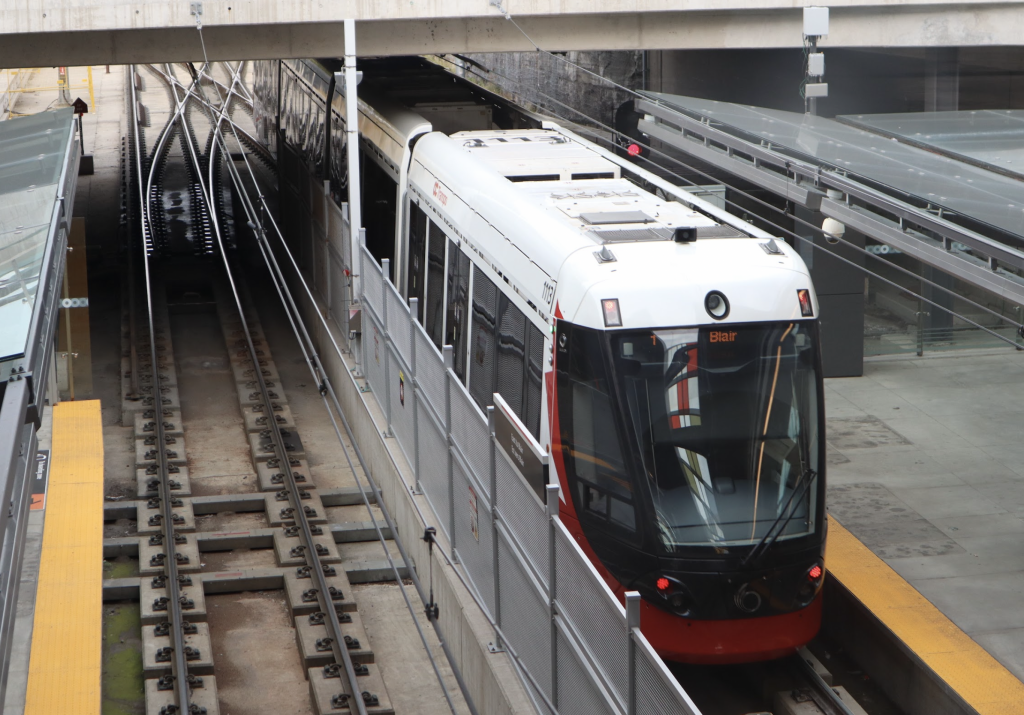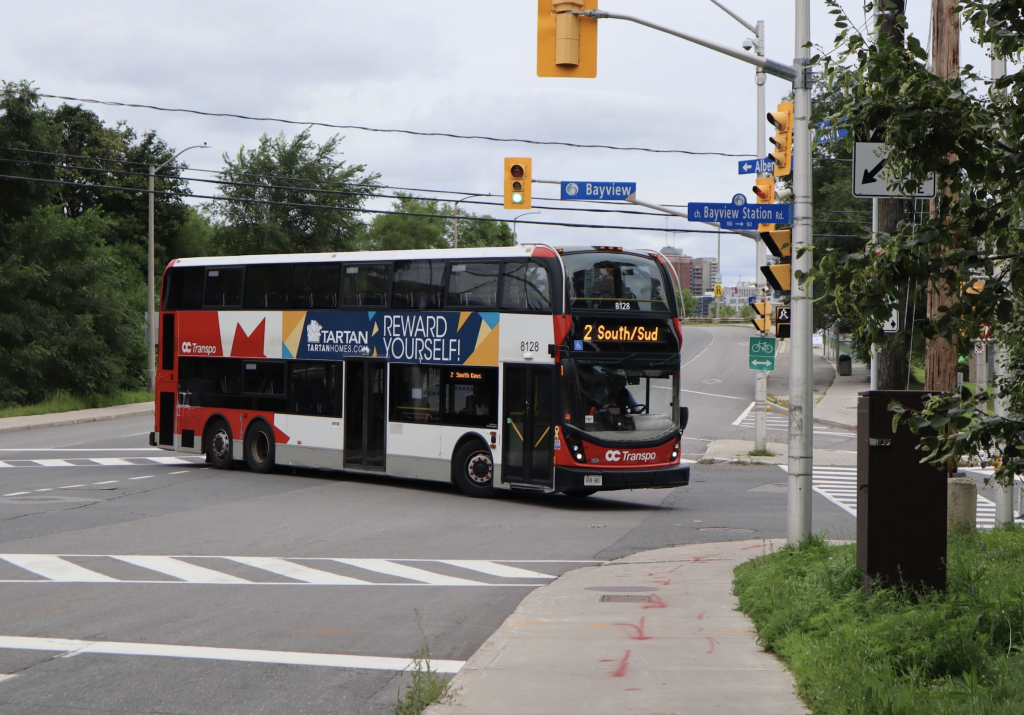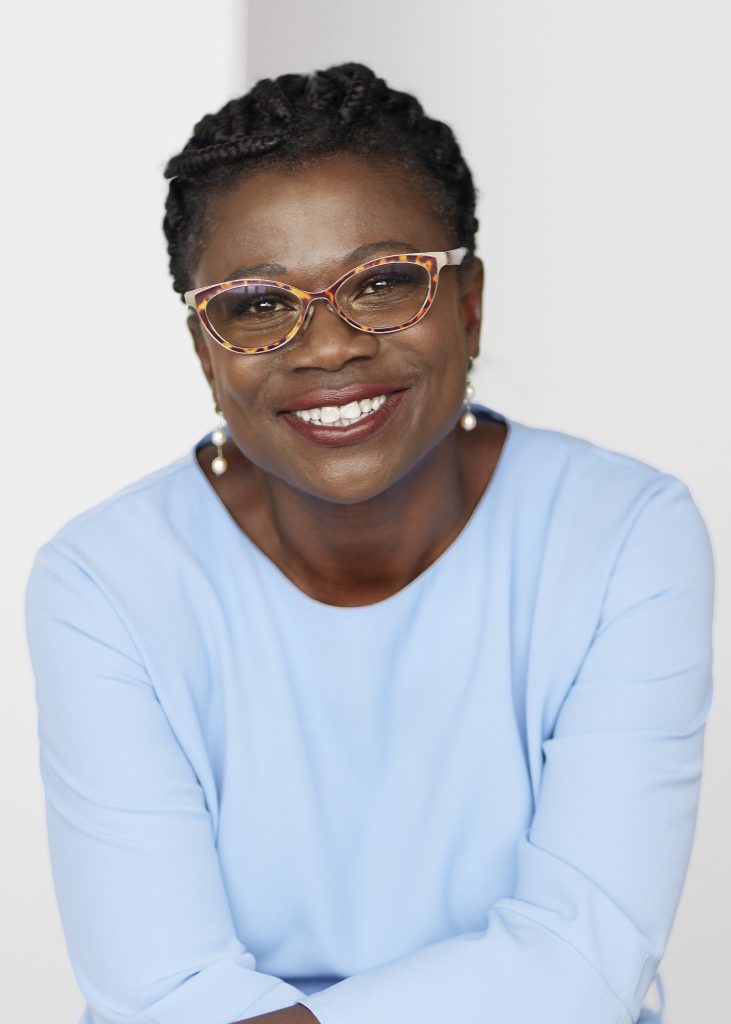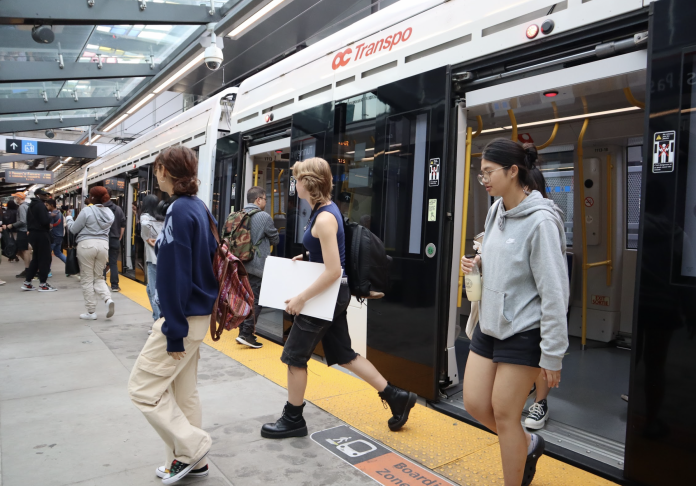OC Transpo is facing a “worse than expected” financial situation as it gets ready to launch the Phase 2 Trillium line of Ottawa’s light rail transit system.
During a technical briefing on Sept. 18, OC Transpo confirmed that their twenty-five year revenue projections are down $3.7 billion — more than $100 million per year. Pre-pandemic ridership isn’t expected to be back until 2030, and actual numbers won’t come close to the 112 million bus and train rides that were expected this year.
Last year the local transit agency had to dig into its reserves to fill a gap in their budget, running a $40.8 million deficit.
If timelines stay on track, the Trillium line, which will run from Bayview station in Kitchissippi to Limebank Road in Riverside South, will see completion by “the end of the year,” said Michael Morgan, director of rail construction. While no dates are being given, a more clear timeline is expected to be unveiled in October.
The Kitchissippi Times sat down with Renée Amilcar, general manager of OC Transpo, to talk about what the Trillium line will mean for Kitchissippi riders, how they plan to balance the books, and what tough decisions might need to be made.
Answers have been edited for length and clarity.
KT: Light rail transit is supposed to see the Trillium line open in a few months. What will this mean for the Kitchissippi community?
RA: It will be fantastic for residents. It will go directly to the airport which is great and will be fantastic for Carleton University students. It will be connected to the Confederation line. We want to make sure this time we don’t make the same mistakes as the first time. We have learned and we will take our time. We will ensure it’s all properly done before we launch it for service.
KT: You mentioned that mistakes have been made. What are you doing to make sure you don’t make those same mistakes again?
RA: I don’t want to use the word ‘mistakes.’ I’d prefer to say that we have lessons learned because everyone wanted to do their best. I think it was a new system and it’s very high tech. For more than one year now I have put in place an engineering department with experts who can really speak the language that Alstom speaks, the language that RTM speaks.
Other than that, the public inquiry report identified 104 recommendations and we are working on all of them. We have worked with experts to ensure what we can learn from Stage 1 to make sure that we have a good launch for the Trillium line and the extension of the Confederation line.

KT: We have seen a lot of breakdowns and shutdowns with the Confederation line, one that lasted over 20 days this summer. What are some of the fixes and solutions being made to ensure this doesn’t happen again?
RA: We know that we have a problem with the bearing on the Alstom vehicles. We have identified the problems with the first derailment in Aug. 2021, the issues with the bearings in July 2022, and again this July when during a regular maintenance routine we saw something with the bearings we didn’t like. That’s why service stopped.
The good thing now is Alstom and Rideau Transit Group are in an agreement to redesign the axle to strengthen the bearing to ensure it can support external forces. In the meantime Alstom has provided mitigation measures and corrections to ensure we reduce the forces.
KT: Winter is just a few months away and transit riders are on edge. Last winter we saw shutdowns caused by snow and ice, one resulting in stranded passengers being rescued by firefighters after being trapped for over two hours. Will these fixes prevent a similar scenario from occurring again?
RA: I think we have seen for the last few years that the weather is totally different than before. Now we have freezing rain in January which is not normal. What I can say is with each issue we learn a lot and we are more prepared. I’m also looking to be more proactive and reduce the time when things happen because situations will happen unfortunately. The Confederation line is an electric system and it’s challenging to deal with the overhang system.
KT: We have recently learned that OC Transpo is in a worse than expected financial state. What are you looking to do in order to ensure that riders get the level of service they deserve while trying to fund the system?
RA: I think it’s a good wake-up call. I think it’s time to maybe put everything away and redesign the network with what we have. It’s too late to say we don’t need Stage 1 or Stage 2 anymore, but we can make a decision for Stage 3.
It will be a tough time because the system is built and we need to be able to operate it and we need money that we don’t have. But in 15 to 25 years we will be so proud that the system is here and available and working. Now that people know and understand the reality, they can maybe accept more of the decisions we will need to take for the short-term period.

KT: You are talking longer term, but transit riders are looking for shorter term solutions now to get from point A to point B. You mention a redesign as well. What might that look like?
RA: My team is working on a route review because we had a service that was supposed to have 100 million ridership, but now we are less than that. Can we continue to provide service with a big bus for two or three people? I don’t think so. But those people still need to get from point A to B. We have proposed a pilot project for on-demand service [in Blackburn Hamlet]. This is a way we are trying to be proactive.
KT: We have seen a lot of complaints about buses going by and not stopping because they are so full, waiting long periods for a bus to show up, or having two buses show up at once. A lot of transit riders are confused and frustrated with the scheduling of the system. Is this something that is being looked at?
RA: The traffic has a huge impact. When you see two buses together, it’s probably because they were stuck in traffic. I have a team here who is working with a lot of stakeholders to ensure when we have a new schedule, we can see where to improve the service. With the route review, we will have more data to say how long it will take to get places and how to do it better. One of the routes is so long it takes more than an hour to finish. One of the reflections we have, and I’m not saying we will do it, is to cut it in two.
KT: You have been in this job for two years now. You started under very turbulent times during a pandemic and a light rail transit system that was facing a lot of problems. What has this whole experience been like for you and what has it taught you?
RA: It was my choice to come here. I was very happy in Montreal, I had a fantastic job, but the challenge here was fantastic. It was a very good opportunity for me and I’m still happy to be here. I’m working very, very hard with my staff. I’m very happy to be a part of this transformation and I’m still learning. While I have a lot of experience with transit, Ottawa is unique and the politicians are very involved, more than in Montreal. I still have a lot to bring to Ottawa.

